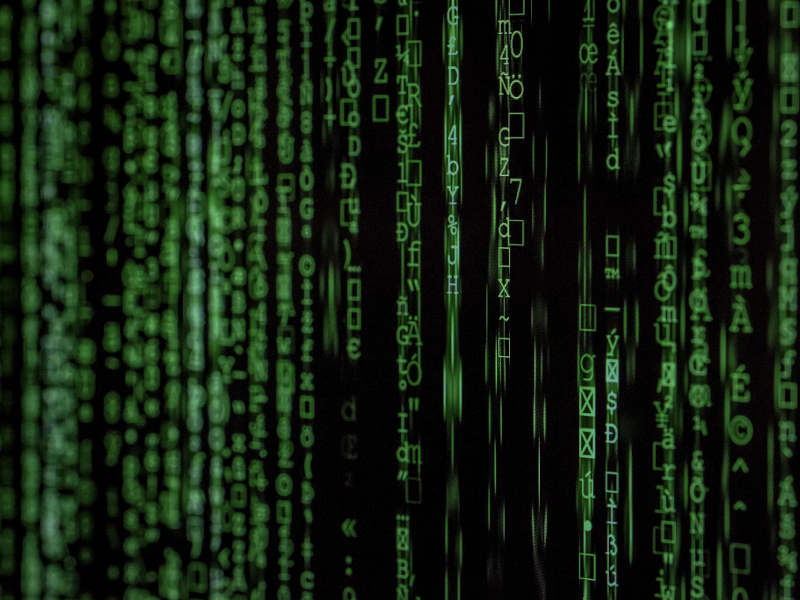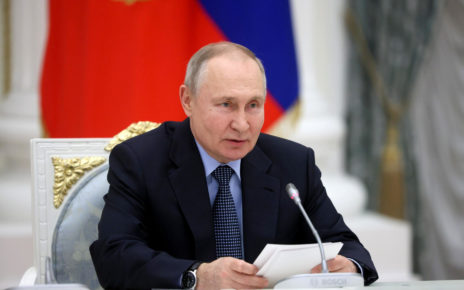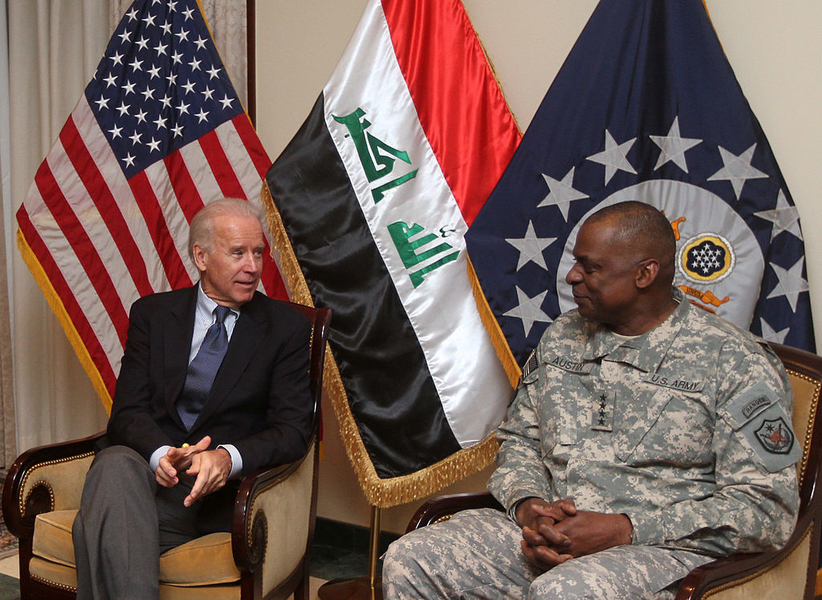In 1947, a clock started counting down the minutes until nuclear conflict would cause the demise of humanity. Known as the Doomsday Clock, the symbol quickly permeated popular culture and raised awareness of the threat of nuclear annihilation. Since its inception, the Clock has gone on to include other threats including the development of artificial intelligence. Earlier this year, it was found to remain at 90 seconds until midnight or “the end of the world as we know it”—the closest it has ever been.
While a tangled web of factors influence the annual doomsday statement, there has been a second more discreet clock ticking away in the background that soon may expedite humanity’s meeting with midnight. Enter—the countdown to Y2Q. A modern-day take of the infamous Y2K bug that raised alarm in 2000, Y2Q, or “years to quantum,” represents the time until Q-Day, when quantum computing officially overrides public encryption algorithms that underpin many of today’s industries. While various predictions of the arrival of Q-Day have been forecast, one reality is certain: there is no avoiding its coming. This article provides an explainer on Q-Day to highlight why it poses a threat to the West’s national security.
A background on quantum computing.
Classical computers—the current standard of computing—operate using bits grounded in a binary system of ones and zeros. They indicate whether a statement is true or false, or on or off, but are always limited to one option or the other. Quantum computers, on the other hand, operate using qubits, a quantum mechanical system that allows multiple states to exist simultaneously. Known as superposition, this phenomenon grants quantum computers exponential power, enabling them to solve complex algorithms beyond the scope of a traditional or even supercomputer.
In today’s digital age, the most common encryption practices are based on the Rivest Shamir Adleman (RSA) system, which is not foolproof according to a formula known as Shor’s algorithm that suggests it is theoretically possible to break RSA with qubits. In other words, quantum computing holds the key to cracking the code, putting in jeopardy much of today’s critical infrastructure including government facilities, defense bases, and information systems.
A cause for concern.
To date, adversaries including Russia, China, North Korea and Iran have been suspected of sponsoring 77% of cyber operations since 2005, including incidents such as espionage, data destruction, and sabotage. Already posing a continuous threat to national defense and security, worry arises when considering the augmented risks if these countries beat the West to Q-Day. Potential consequences include scenarios such as breached data on military and defense planning, disrupted financial systems, and exposed government intel on strategic operations. Accordingly, the West must stay ahead in the quantum arms race to ensure these hypothetical examples do not manifest into current affairs.
Mitigating risk.
At present, two potential solutions have been proposed to address the Y2Q problem. The first, known as post-quantum cryptography (PQC), is the recommended approach since it was developed to mitigate cyber attacks in both classical and quantum computers, and can therefore be integrated into existing infrastructure. The second approach—quantum key distribution (QKD)—is grounded in the laws of quantum physics and requires specialized hardware. Not quite yet a mature technology, it must be further developed before it can be adopted at scale.
At present, China’s commitment to quantum computing takes the lead on the world stage, with the country reportedly directing $15.3 billion of public funds towards the emerging technology. This is followed by the European Union’s investment of $7.2 billion, and the United States’ pledge of $1.9 billion. These numbers reveal there is room for the West to be more assertive in its funding commitments to ensure nation-state adversaries do not cross the Q-Day finish line first.
Furthermore, recognizing the rising threat that quantum brings to national security, in January 2024, NATO released its Quantum Technologies Strategy, grounded in a strategic vision of becoming a “quantum-ready Alliance.” Acknowledging that “[q]uantum technologies have potentially revolutionary and disruptive implications, which can degrade the Alliance’s ability to deter and defend,” the Strategy emphasized the importance of community, knowledge sharing and continuous cooperation among NATO and its Allies. However, a strategy is only as effective as its execution, and NATO will need to follow an aggressive implementation plan to maintain a strategic advantage in the quantum ecosystem. For example, establishing a concrete roadmap with key milestones can help the Alliance track progress and maintain accountability, and partnering with academia and the private sector to fund innovation challenges can help unlock new breakthroughs.
When Q-Day comes.
This article provided an explanation of Y2Q with an aim of highlighting why it poses a threat to the West’s national security landscape. In the words of Malcolm X, “Tomorrow belongs to those who prepare for it today,” and when the arrival of Q-Day comes, it will be apparent which player was best prepared. As such, the onus now turns to the West’s leaders to ensure their nations break the quantum code before their adversaries succeed.
Disclaimer: Any views or opinions expressed in articles are solely those of the authors and do not necessarily represent the views of the NATO Association of Canada.
Photo: Matrix movie still (2018) by Markus Spiske via Unsplash License





